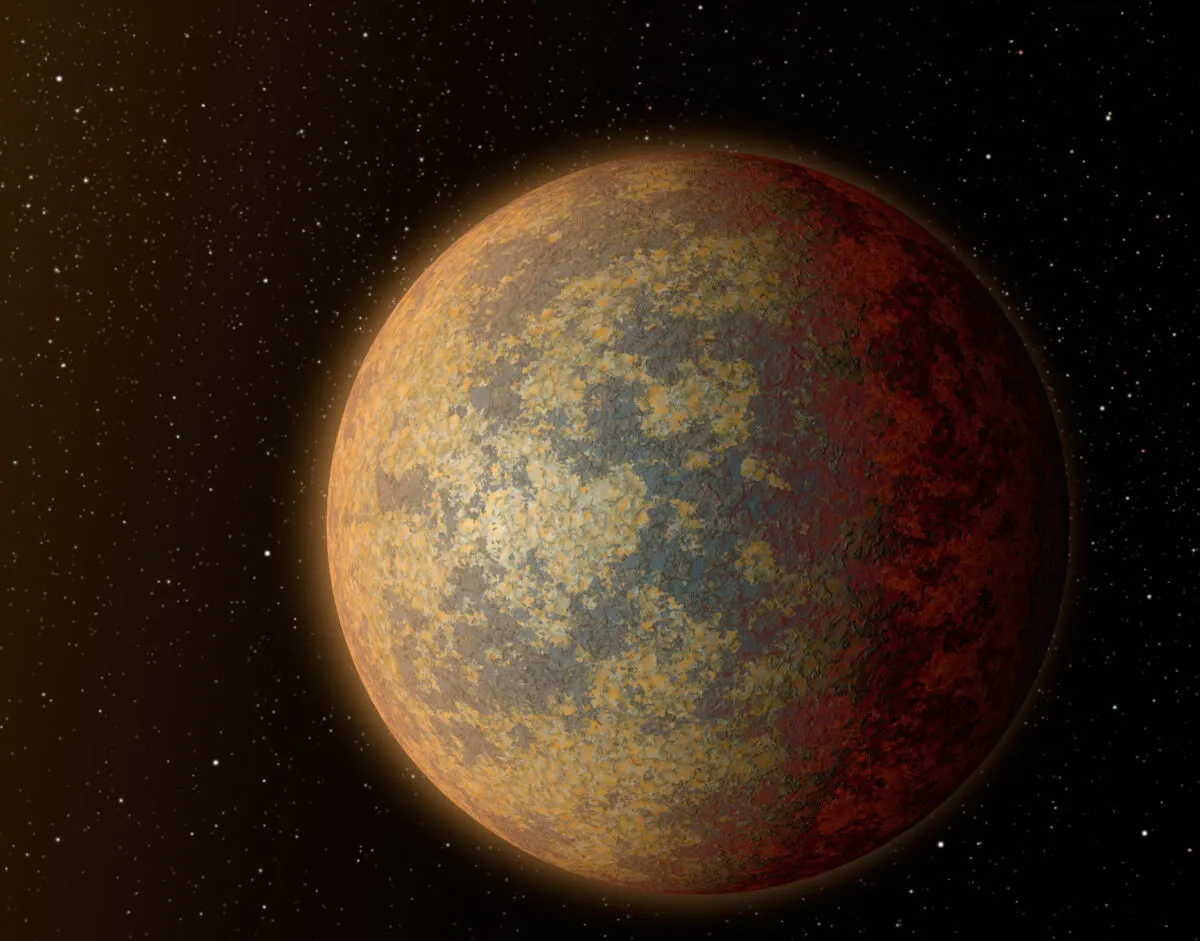Exoplanet discovery is one of the fastest-moving areas of modern science, and astronomers are now beginning to characterise the chemistry of their atmospheres.
Could we ever find the tell-tale fingerprint of extraterrestrial life in the composition of an exoplanet’s gases – an ‘atmospheric biosignature’?

In particular, an oxygen-rich atmosphere would be taken as strong evidence of a biosphere, especially if methane were also detected in the air.
This is because free oxygen is released by the biological process of photosynthesis but isn’t produced by many non-living processes.
It’s such a reactive gas (combining with methane, for example, to give carbon dioxide) that it ought to be quickly removed from any atmosphere if it’s not being replenished.

So far, Earth is the only planet known to support life. But what makes a planet habitable?
Our oxygen-rich, methane-tinged, atmosphere has been pushed far from the ‘chemical equilibrium’ you would expect from purely geological processes, a state known as disequilibrium, indicative of Earth’s active, global biosphere.
But even though the ability to photosynthesise was developed by life on Earth at least 3 billion years ago, our planet has only had a strongly detectable oxygen biosignature for the last half-billion years or so.
It takes time for oxygen to build up in a planet’s atmosphere, even if it does support plentiful life.
So how might the atmospheric disequilibrium of Earth have changed over its history, and what other biosignatures might we look for on other worlds?
Nicholas Wogan and David Catling from the University of Washington have built a simple computer model of Earth’s atmosphere and ocean.
The simulation shows how the atmospheric balance shifts with volcanism, sunlight and a simulated microbial population.

They used it to study three different phases in our planet’s history: the pre-life Earth, when only geological processes influenced the composition of the atmosphere; an Earth inhabited by microbes, able to feed off simple gases like hydrogen and carbon monoxide; and the current age, with widespread photosynthesis controlling the chemistry of the planet.
On an Earth-like planet before widespread life, the atmosphere does show a modest chemical disequilibrium from the mixture of hydrogen and carbon dioxide released from geological sources.
So with the spread of primitive life, the atmospheric disequilibrium actually decreases because ‘edible’ gases like hydrogen are being consumed by microbes.
It’s not until photosynthesis evolves and adds oxygen to the atmosphere that life conspicuously reveals its presence by shifting the atmospheric disequilibrium.
Spectroscopy of terrestrial exoplanets can not only reveal strong evidence for the presence of a global biosphere, but that certain gasses – such as carbon monoxide – could also be considered an ‘antibiosignature’ indicating the absence of widespread life, because they represent a free lunch that apparently nobody is eating.
Astronomers are able to search for atmospheric biosignatures in nearby transiting exoplanets with the James Webb Space Telescope, while scopes planned for the next decade will be capable of picking out the reflected light from Earth-sized exoplanets.
We are entering a golden age for characterising nearby worlds.
Prof Lewis Dartnell is an astrobiologist at the University of Westminster. He was reading When is chemical disequilibrium in Earth-like planetary atmospheres a biosignature versus an anti-biosignature? Disequilibria from dead to living worlds by Nicholas Wogan and David Catling. Read it online here.
This article originally appeared in the February 2020 issue of BBC Sky at Night Magazine.
